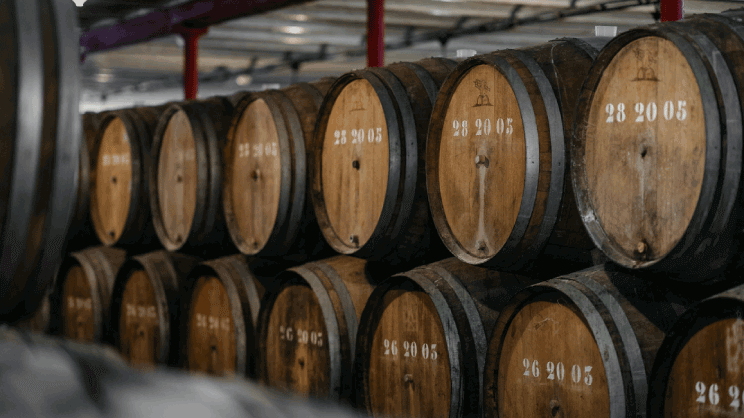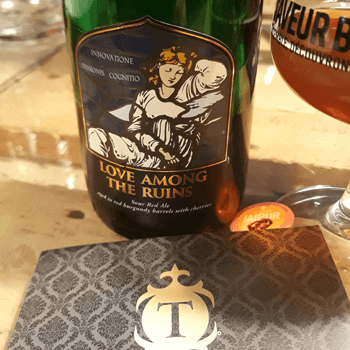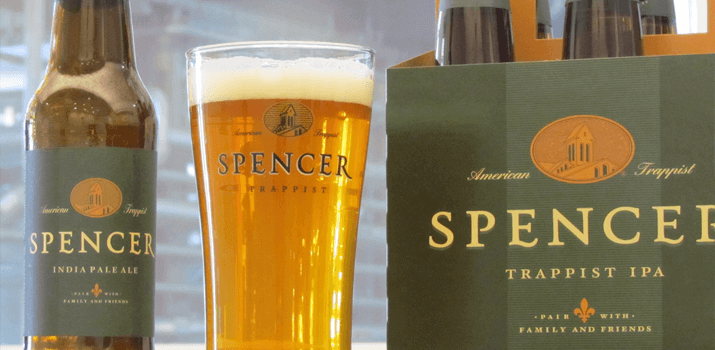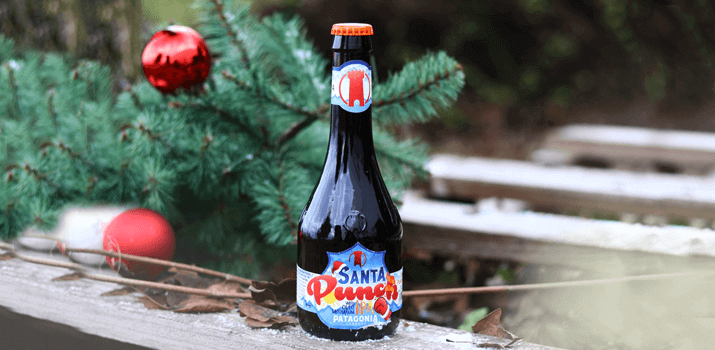
Gueuze, Geuze or Geuse? Find out the right spelling and everything there is to know about this iconic beer style! At PerfectDraft, your online beer expert, we reveal the secrets of Gueuze beer—its origins, history, brewing process, and taste. With this knowledge, you’ll be ready to impress your friends and family with your beer expertise!
What Is Gueuze beer?
In the beer world, we often classify styles into four main fermentation families: lager, ale, spontaneous, and mixed fermentation. These styles are distinguished by the fermentation method, which influences the overall profile of the beer. Top fermentation is fast, bottom fermentation is slower, and spontaneous fermentation occurs naturally via wild yeasts from the environment—typically overnight.
Gueuze beer belongs to the spontaneous fermentation family, specifically under the Lambic category. It is created by blending young Lambic beer (less than one year old) with aged Lambic (two to three years old). However, it’s not simply about mixing them together—this blend undergoes refermentation in the bottle, resulting in the complex and refined profile of Gueuze beer.
Lambic beers are unique to Belgium and have a Protected Designation of Origin. They are known for their tart, sour profiles with earthy, hay-like notes. As a result, Gueuze—being made from Lambics—also carries a distinctive sourness and funk.
Where does the name "Gueuze" come from?
Expert tip: Did you know Lambic is a masculine noun in French? So it’s “un Lambic,” not “une Lambic”!
The name "Gueuze" dates back to the 19th century, when a brewer wanted to bottle Lambic beers for a higher-end market. Running out of barrels, he poured the beer into champagne bottles, which triggered refermentation. The result? A clearer, fizzier beer with an effervescent, wine-like character.
The story goes that this brewer was based in the Belgian town of Gueux, inspiring the name “Gueuze.” In Dutch, it’s spelled “Geuze,” which has led to some confusion. Due to its popularity and unique production process, the European Union has granted “Oude Gueuze” a protected designation to preserve traditional brewing and barrel-aging techniques. Notable examples include Boon Oude Gueuze and Timmermans Oude Kriek.
What does Gueuze taste like?
As a Lambic-style beer, Gueuze has a sour and funky character. Unlike some sour beers that are sharply acidic, Gueuze offers a more balanced, nuanced acidity. It’s known for its rich, complex flavours that often include notes of barnyard, leather, citrus, hay, and green apple.
Visually, Gueuze is often compared to sparkling wine thanks to its golden clarity and fine bubbles. Its effervescence and refined taste make it a popular alternative to champagne for celebratory occasions.
Upon tasting, you’ll discover layers of earthy and fruity flavours. As it warms, aromas of rhubarb, honey, citrus, apple, and oak become more pronounced, making it a truly dynamic and sophisticated beer.
The PerfectDraft selection
One of the most iconic Lambic breweries is Lindemans. Their Gueuze offers sweet and fruity aromas with hints of orange. On the palate, expect a pleasant balance of sweetness, woodiness, and tartness.
Another standout is the Boon Oude Gueuze, brewed in the village of Lambeek—the birthplace of Lambic. This award-winning beer delights the senses with aromas of spice, fresh fruit, and oak. Flavours of grapefruit, ginger, and Muscat grapes complete the tasting experience.
ALCOHOL ABUSE IS DANGEROUS TO YOUR HEALTH. CONSUME IN MODERATION.
Read other articles about beers : What to do with leftover beer ? What is an abbey beer ?






